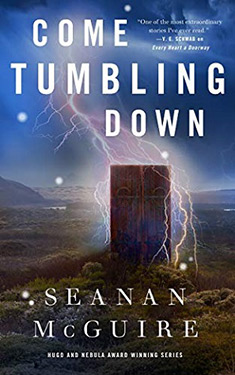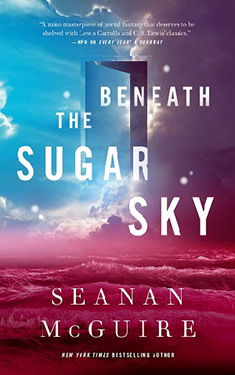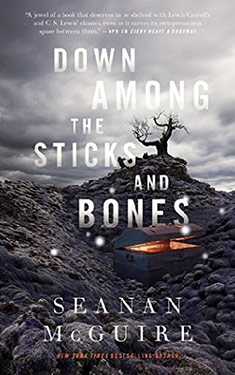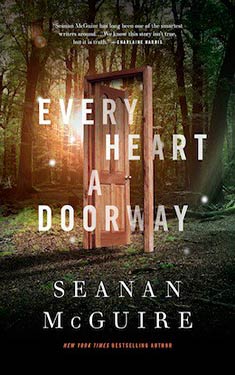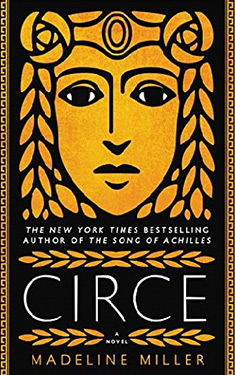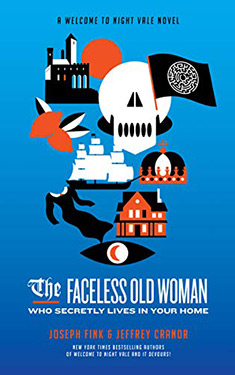Seanan McGuire
Completed 9/28/2021, Reviewed 9/29/2021
3 stars
This fifth book in the Wayward Children series picks up shortly after the second book, Down Among the Sticks and Bones, ended. It follows Jack as she tries to get her body back from her twin Jill. Perhaps I’ve read too many of these in a row for I felt less enthused about this story than the others. Perhaps I didn’t want to revisit Jack and Jill and was looking forward to something a little newer. The prose is still tremendous. However, I thought the plot was less interesting. The world-building also wasn’t quite up to par, as it had already been done in the second book. Still, this book got a lot of love from the fans, as it was nominated for Hugo this year in the Novella category.
The book begins with Jack coming back to the Home for Wayward Children in a flash of lightning, carried in the arms of her lover Alexis. She’s returned from her home fantasy world because her twin sister Jill has exchanged bodies with her. Jill had been killed and resurrected by Jack, making her body no longer able to become immortal as a vampire. Jack, who has terrible OCD, wants her body back and wants to put an end to Jill’s reign of terror. She recruits our main characters, Kade, Christopher, Simi, and Cora, to return to her world and help in this quest, despite one of the rules of the home is No Adventures. Eleanor, the home’s owner and guardian, acquiesces nonetheless. So they all go back to the world of vampires, werewolves, and other monsters to right this wrong.
The big new item in the world-building is that Jack can come and go between worlds using lightning, rather than waiting for a window to appear. Jack, as an apprentice mad scientist, has learned to harness lightning for many things, including resurrections. The other big item is that Cora, who is a mermaid though her scales are under her skin in the regular world, is called to the sea in Jack’s world by the sea monster-gods. She runs away from group and leaps into the sea unaware of the danger and horrors within. The sequence where the group must try to reclaim her is quite exciting.
I give this book three stars out of five. There’s a lot of good action in this book, including the riding of two undead horses, one resurrected and one a skeleton. The climactic scene where Christopher plays his bone flute to call an army of skeletons is also exciting. Despite all these exciting parts, this book felt a little meh to me. The sum of its parts did not produce an exciting whole. I think I’m going to read a few non-McGuire books before I read the sixth one. Maybe I’ll be able to come to it in with a fresher perspective.
